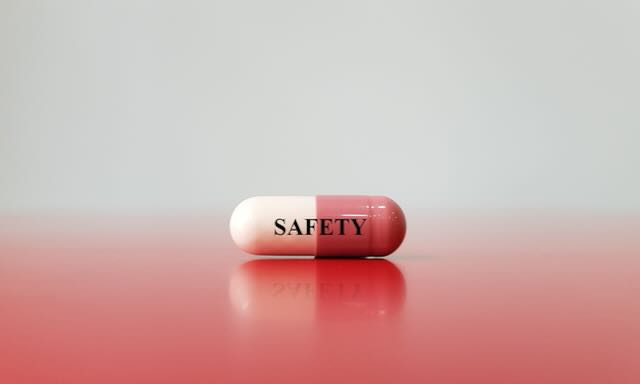
Too little too late
All HART articles also on Substack. Please consider a PAID SUBSCRIPTION so we can continue our work. Comments are open so you can join in the conversation.
Drug safety regulation appears to be a lone wolf in the world of safety regulation. The aviation sector doesn’t ignore safety incidents “because they are outweighed by the benefits” and nor should the drug regulators. The aviation baseline is “less than 1 fatal accident per 1 million flying hours”. The alarm bells ring as soon as there is 1 fatal accident. Actually, even a near-miss gets them excited. Similarly, a range of lower consequence (eg of injury not death) or higher frequency risks are acted on promptly and aggressively. Same with weapons safety.
The issues with drug safety are not new problems. In 2004, as the Vioxx scandal became public the issues were called out. Vioxx was a pain relief that was promoted as having a smaller risk of gastrointestinal bleeds as a side effect. However, it caused heart attacks and is thought to have killed at least 60,000 Americans. David Graham, Associate Director of Safety at FDA said,
“It overvalues the benefits of the drugs it approves and it seriously undervalues, disregards and disrespects drug safety. Finally, the scientific standards CDER [Centre for Drug Evaluation and Research within FDA] applies to drug safety guarantee that unsafe and deadly drugs will remain on the US market. When it comes to safety, the Office of New Drugs paradigm of 95% certainty prevails. Under this paradigm, a drug is safe until you can show that with 95% or greater certainty, it is not safe. That is an incredibly high, almost insurmountable barrier to overcome. It’s the equivalent of beyond a shadow of a doubt.
And here’s an added kicker, in order to demonstrate a safety problem with 95% certainty, extremely large studies would be needed. And guess what? Those studies usually aren’t done, or they can’t be done. If the weatherman says there’s an 80% chance of rain, most people would bring an umbrella. Using CEDR standard, you wouldn’t bring an umbrella until the weatherman said there’s a 95% or greater chance. And I have a second analogy. Imagine that you have a pistol with a barrel having 100 chambers. Now randomly placed 95 bullets into those chambers. The gun represents a drug and the bullets represent the probability, the certainty of a serious drug safety problem using the CEDR standard only when you have 95 bullets or more in the gun would CEDR conclude that the gun is loaded. That is, that there are drug safety problem with that drug. Now remove 5 bullets from the chamber. Now we only have 90 bullets. Because there is only a 90% chance that when I pull the trigger, a bullet will fire. CEDR would conclude that the gun is not loaded, that is, the drug is safe.
A more rational and patient protective standard is required when dealing with safety.”
Weapons safety expert Nick Hunt has previously pointed out how perverse the risk quantification done by drug regulators is. There is no absolute level of safety that must be met as every other safety industry requires. Instead safety is assessed compared to a similar drug. Other major differences include: bodies responsible for the writing of the rules are separated from those responsible for following them; personal designation of responsibility for safety of a particular drug and independent safety audits.
Twenty years on from the Vioxx scandal and the known issues have all been ignored.
